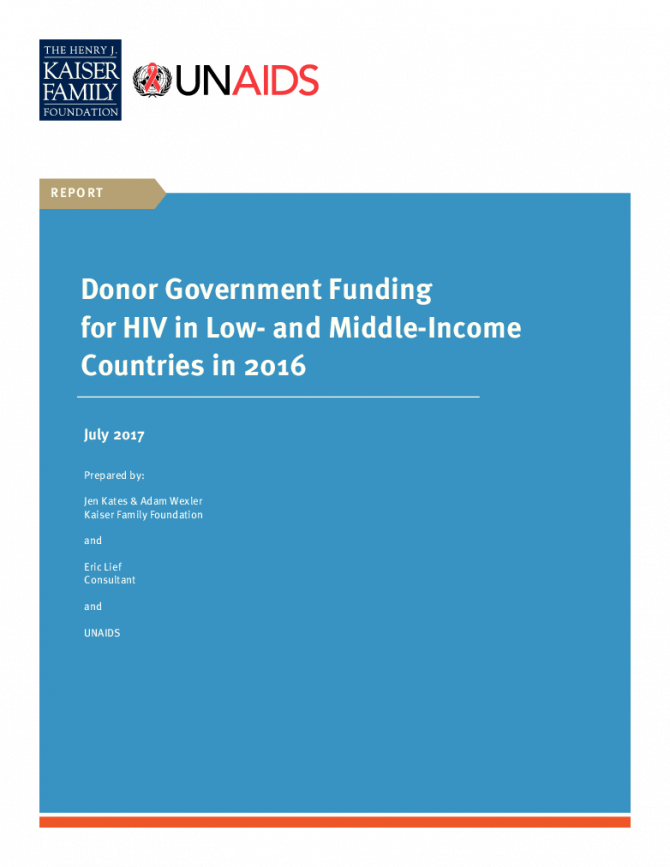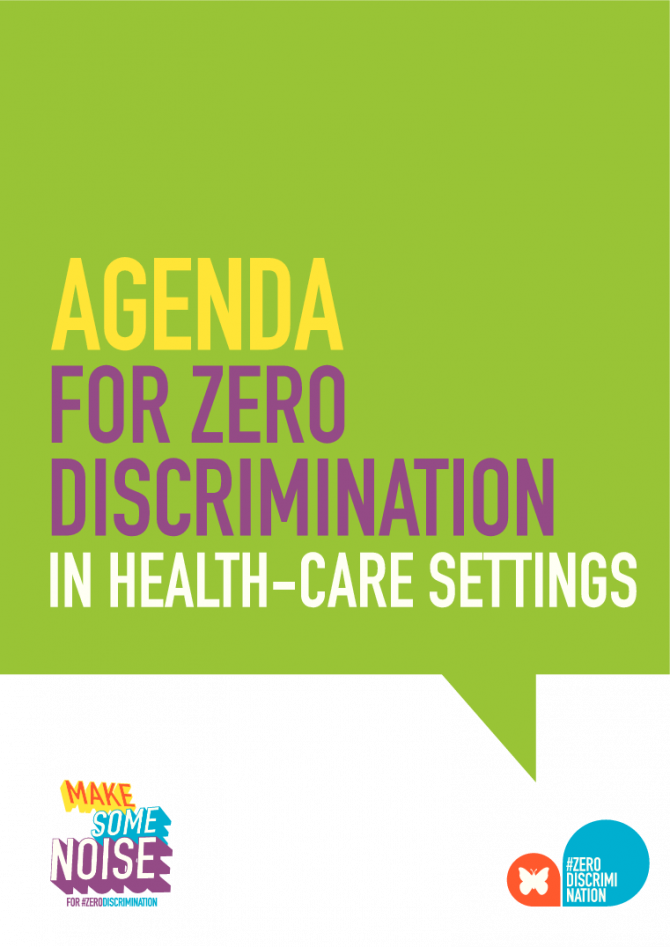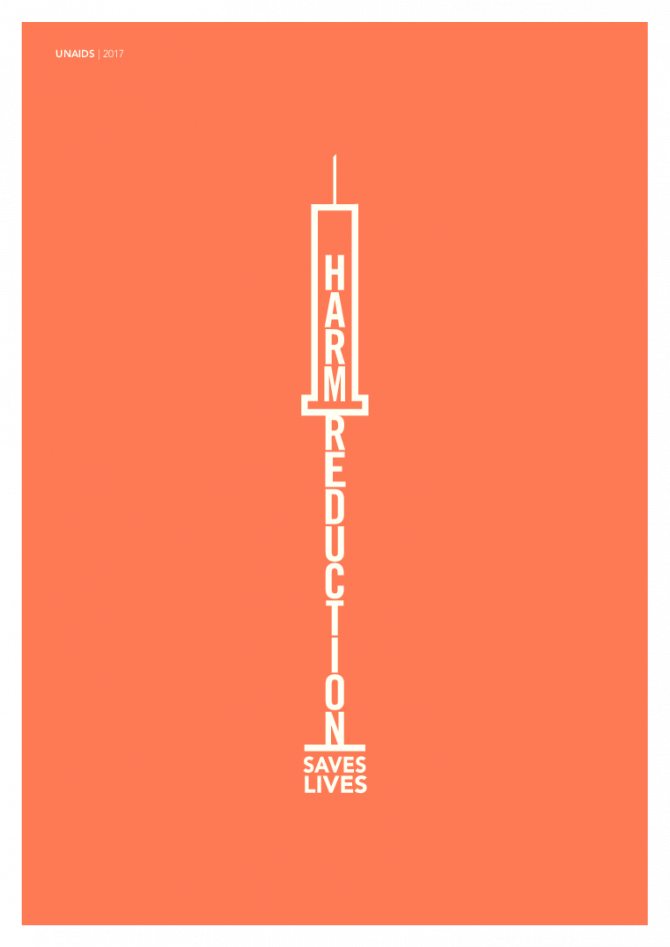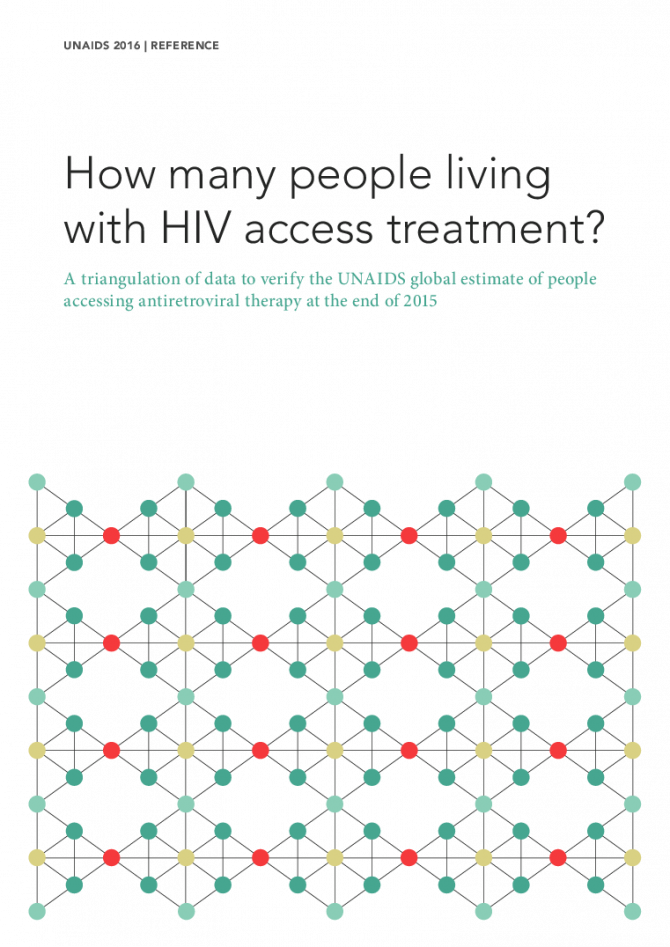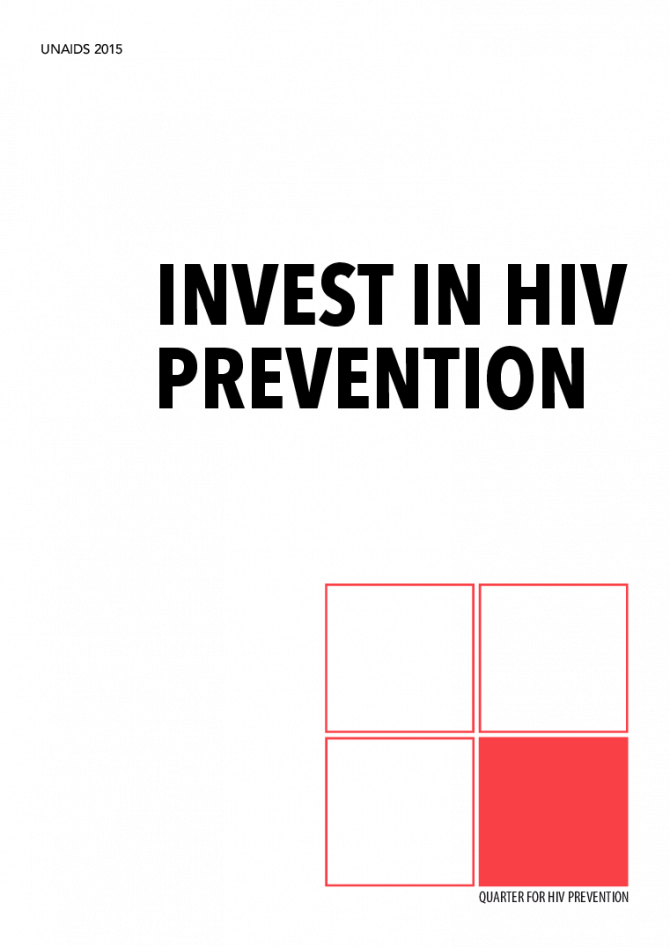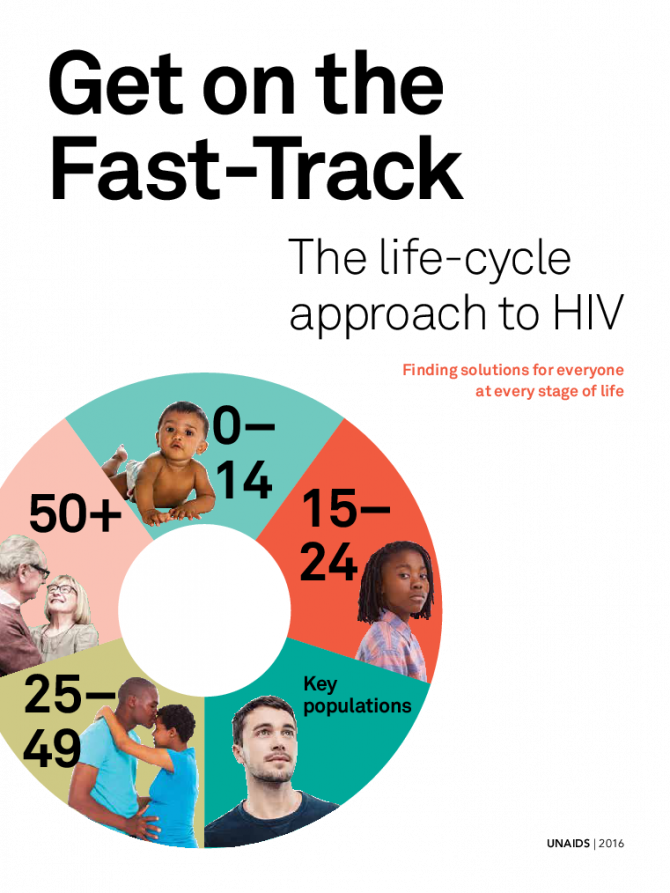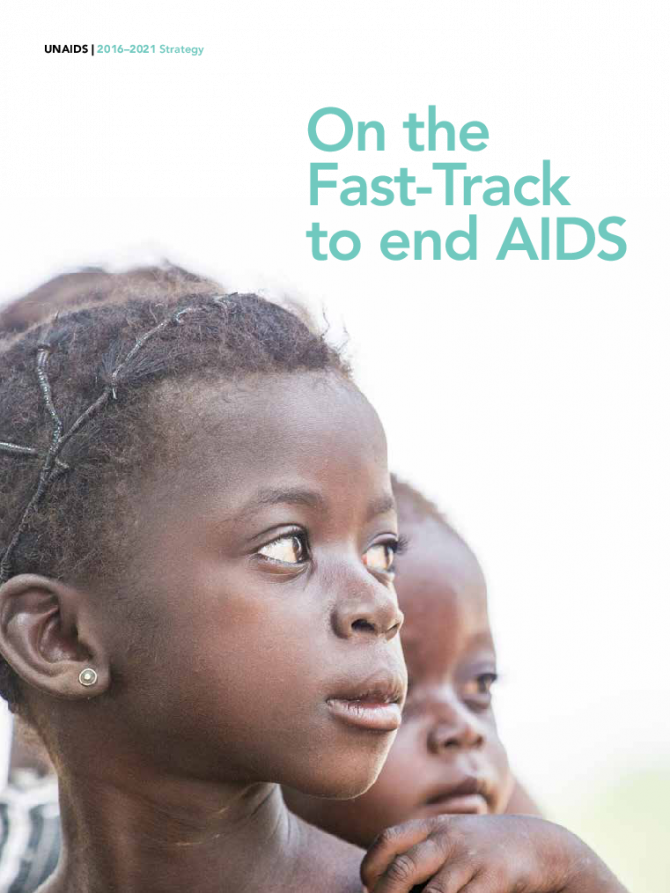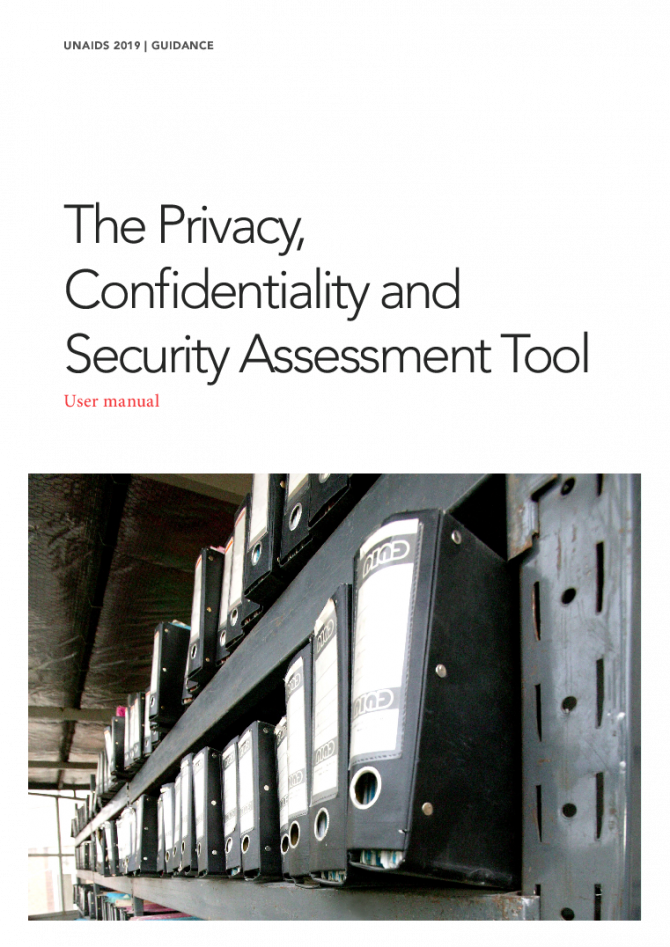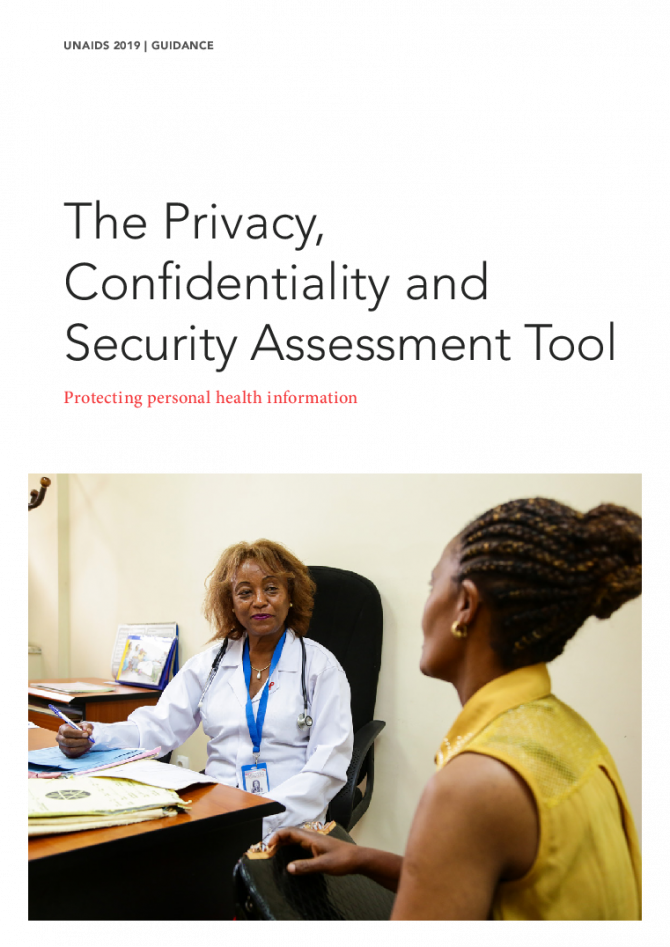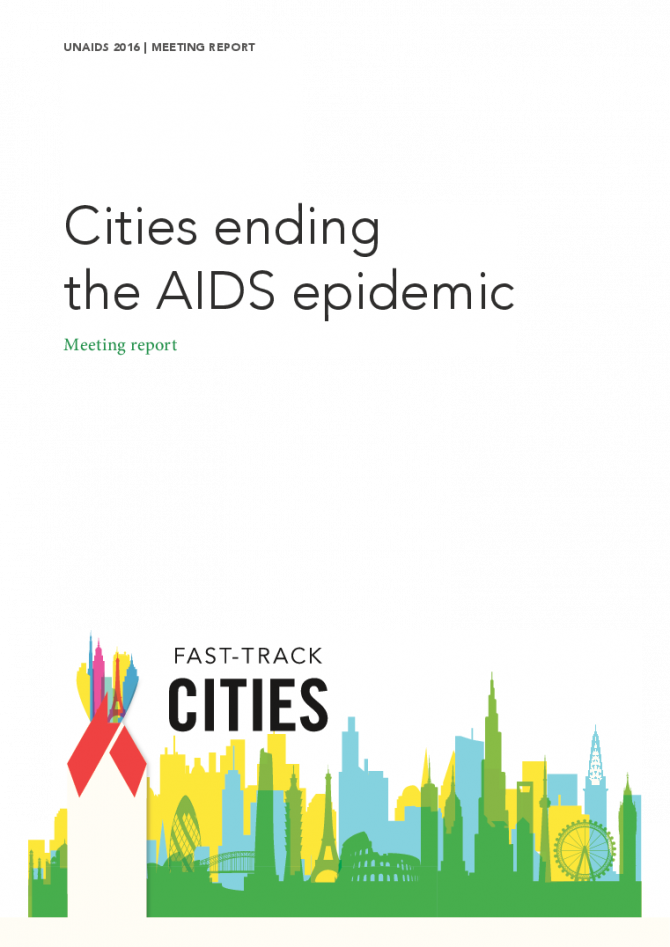Documents
Donor government funding for HIV in low- and middle-income countries in 2016
21 July 2017
Despite significant progress in combatting HIV, driven in large part by increased investments, the epidemic remains a global emergency and several challenges threaten future progress. One such challenge is an ongoing resource gap; UNAIDS estimates that although US$19.1 billion from both international and domestic sources was available to address HIV in low- and middle-income countries in 2016, US$26.2 billion will be needed annually by 2020 (to be gradually reduced by 9% by 2030) to meet global targets to end AIDS as a global publiche alth threat by 2030.
Documents
Agenda for zero discrimination in health-care settings
15 February 2017
Under international human rights law, countries have a legal obligation to address discrimination in health care and the workplace. They are also obliged to refrain from withholding, censoring or misrepresenting health information—for example, stating that use of condoms does not prevent the spread of HIV and other sexually transmissible infections is not permitted.
Documents
Invest in HIV prevention
15 November 2015
Quarter for HIV Prevention (#quarter4HIVprevention) is a campaign to recapture imagination and hope for HIV prevention. It provides prevention choices for people at risk, and—most importantly—protects them from HIV infection. Most importantly, it leaves no one behind. Let us invest in HIV prevention; let us get to zero new HIV infections.
Documents
Get on the Fast-Track — The life-cycle approach to HIV
21 November 2016
In this report, UNAIDS is announcing that 18.2 million people now have access to HIV treatment. The Fast-Track response is working. Increasing treatment coverage is reducing AIDS-related deaths among adults and children. But the life-cycle approach has to include more than just treatment. Tuberculosis (TB) remains among the commonest causes of illness and death among people living with HIV of all ages, causing about one third of AIDS-related deaths in 2015. These deaths could and should have been prevented. Download slide deck
Documents
UNAIDS Strategy 2016-2021
10 August 2015
The UNAIDS 2016–2021 Strategy is a bold call to action to get on the Fast-Track and reach people being left behind. It is an urgent call to front-load investments. It is a call to reach the 90–90–90 treatment targets, to close the testing gap and to protect the health of the 22 million people living with HIV who are still not accessing treatment. It is a call to redress the deplorably low treatment coverage for children living with HIV.
Documents
The Privacy, Confidentiality and Security Assessment Tool — User manual
14 February 2019
Based on privacy, confidentiality and security principles an Assessment Tool was developed to assess in country the extent that the confidentiality and security of personal health information is protected at facility and data warehouse/repository levels and whether national guidelines exist including privacy laws. A Manual on the use of the Assessment Tool has been produced and is available below.
Download the User’s Manual for the paper-based version
Download the electronic Privacy, Confidentiality and Security Assessment Manual and Tool
Download the paper-based Privacy, Confidentiality and Security Assessment Tool
Documents
The Privacy, Confidentiality and Security Assessment Tool: Protecting personal health information
14 February 2019
With scaling-up of HIV and other health services in low- and middle-income countries, an increasing amount of personally identifiable health information is being collected at health facilities and stored in data repositories at local, regional and national levels. Countries need to protect the confidentiality and security of identifiable and de-identified personal health information, and this can be accomplished in part through the existence and implementation of relevant privacy laws, policies and programmes.
Based on these requirements a paper-based and electronic Assessment Tool have been developed to assess the existence and implementation of national country laws, policies and programmes on protecting the confidentiality and security of personal health information collected and held at the facility, data warehouse and national policy levels. The UNAIDS/PEPFAR Privacy, Confidentiality and Security Assessment Tool provides guidance for countries to facilitate, where required, the assessment of the security of the collection, storage and use of data in order to maintain privacy, confidentiality and security.
Provided below are instructions on how to download and set up the paper-based and electronic Privacy, Confidentiality and Security Assessment tool.
Download the paper-based Privacy, Confidentiality and Security Assessment Tool
Download the electronic Privacy, Confidentiality and Security Assessment Manual and Tool
Download the User’s Manual for the paper-based version
Documents
Cities ending the AIDS epidemic
07 June 2016
The meeting—titled Cities Ending the AIDS Epidemic—was the first in a week-long series of side events and panels in support of the UN General Assembly High-Level Meeting on Ending AIDS. The High-Level Meeting culminated in an agreement on a 2016 Political Declaration on HIV and AIDS, which provides specific, time-bound targets and actions to get the world on the Fast-Track to ending the AIDS epidemic. The targets and commitments of the 2016 Political Declaration will guide the world in addressing the critical linkages between health, development, social justice, inequality, poverty and conflict. This document summarizes the proceedings of the meeting on 6 June and related events on 7 June.

